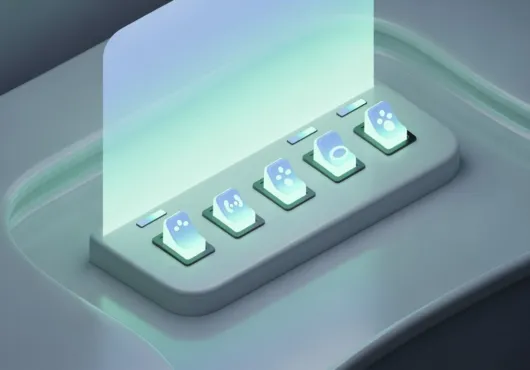Before AI showed up with its shiny confidence and context-blind enthusiasm, copywriting had already gone through a glow-down.
Like What You Read? Dive Deeper Into AI’s Real Impact.
Keep ReadingCopywriting Was Already Morphing
Clickbait killed headlines. A/B testing neutered tone. Templates became law. Every brand started to sound like a default Shopify theme with a caffeine addiction.
Then AI arrived—saying, “Hey, I can write like that too.”
And you know what? It can.
Sort of.
If you tell it how.
Which brings us to prompt engineering—the underrated, misunderstood, and slightly chaotic art of talking to machines so they spit out something useful.
Copywriting, Meet Your Weirder Cousin
Classic copywriting:
Understand your audience
Craft a compelling message
Use voice, style, and rhythm to move hearts and wallets
Prompt engineering:
Understand your tool
Reverse-engineer the machine’s biases
Hack your message through structured prompts, tone injection, and output correction
The common thread? Precision with language.
The difference? One writes for people. The other writes through a machine—to get something you can refine for people.
And increasingly, both are required.
The Prompt Is the New Pitch
Writing a good prompt isn’t just “make this sound better.” It’s design-thinking meets linguistic jiu-jitsu. It’s knowing:
How to preload context
How to layer voice and constraints
When to anchor examples or formats
And when to break the damn prompt and get weird
Prompts are the briefs you give the machine—but they’re also the invisible authorship behind every AI-generated result.
When someone says, “Wow, that output was good,” they’re really reacting to the intelligence baked into the input.
The Lazy Prompt = Lazy Brand
Bad prompts are like bad clients. Vague. Contradictory. Disrespectful of process.
“Make it catchy.”
“Sound more Gen Z.”
“Be fun but professional but edgy.”
Cool. Now add “authentic” and call it a day.
If you feed garbage into AI, you get sanitized garbage out.
AI doesn’t make you better. It makes you louder.
Which means prompt engineering isn’t optional anymore—it’s how you protect your brand voice from dissolving in the AI soup.
So, Is Copywriting Dead?
No.
But the solo act of writing is evolving.
Copywriters who master prompts aren’t giving up their skills. They’re weaponizing them.
They know when to prompt for speed…
…when to write from scratch for depth…
…and when to stitch both together for something frighteningly effective.
Prompt engineering is what happens when writing meets systems thinking.
It’s creative direction in a sentence.
It’s knowing how to say just enough—and exactly right.
TL;DR
Prompt engineering is writing—but for machines instead of humans (at first).
The better your prompt, the better your AI output—and the clearer your human message.
Copywriters who embrace prompt design become faster, sharper, and future-proof.
AI won’t kill writing. But it will expose lazy writing. And lazy prompts.



